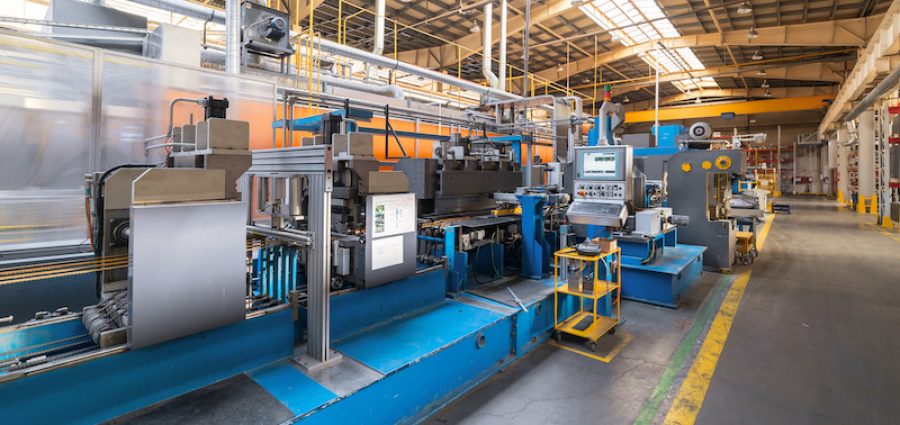Total industrial production grew 0.9% in January, according to the Industrial Production and Capacity Utilization Report, released Wednesday by the Federal Reserve.
Manufacturing output rose 1%, about the same as its average gain over the previous five months. Mining production advanced 2.3%, while the output of utilities declined 1.2%. At 107.2% of its 2012 average, total industrial production in January was 1.8% lower than its year-earlier level. Capacity utilization for the industrial sector increased 0.7% in January to 75.6%, a rate that is 4% below its long-run (1972–2020) average.
Most market groups posted gains in January, with the only noteworthy declines coming for consumer paper products, paper materials, transit equipment, information processing equipment, and consumer energy products. Materials recorded large gains, with increases of about 1-1/4% for each of its major components.
Total industrial production has not returned to its pre-pandemic levels of early last year. In January, the indexes for about half of the market groups were still below their year-earlier readings; notably, weakness in the oil patch during most of last year has left the production of energy materials 6.2% below its level of 12 months earlier. Strong gains during the second half of last year, however, have boosted the indexes for all of the major categories of consumer goods and for defense and space equipment above their year-earlier levels.
Manufacturing output increased 1% in January. Durable and nondurable manufacturing recorded advances of 0.9% and 1.2%, respectively, while other manufacturing (publishing and logging) posted a decrease of 0.8%. Among durables, many sectors experienced gains of between 1 and 2-1/2%. The largest gain, 3.9%, was posted by primary metals, while the only losses were posted by nonmetallic mineral products and by motor vehicles and parts. The output of motor vehicles was held down by a global shortage of semiconductors used in vehicle components. Most nondurable sectors recorded growth rates in the 1 to 2% range. The only exceptions were the indexes for paper and for printing and support, which both declined a bit more than 1/2%.
The output of utilities fell 1.2% in January, largely because of a drop of 5.7% for natural gas utilities. The index for mining jumped 2.3%. Oil and gas well drilling continued its climb with an advance of 11.3%, though it remains about 50% below its year-earlier level. An increase of more than 1% for oil and natural gas extraction also contributed significantly to the gain for mining in January.
Capacity utilization for manufacturing increased 0.7% in January to a rate 14.5% higher than its trough in April and less than 1% below its pre-pandemic level. The operating rate for mining rose 2% to 82.2%, while the operating rate for utilities dropped 1.1% to 73.5%; both rates remained below their long-run averages.
Related Posts
-
According to the Industrial Production and Capacity Utilization Report, manufacturing output increased 0.9% during the…
-
According to the Industrial Production and Capacity Utilization Report, manufacturing output increased 0.8% during the…
-
According to the Industrial Production and Capacity Utilization Report, manufacturing output increased 1% during the…






